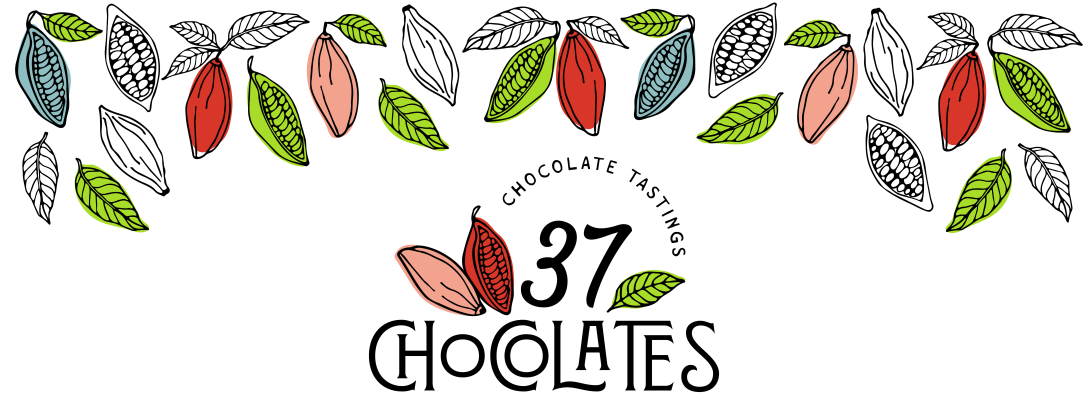When people ask me what bean-to-bar chocolate is, I explain that the term refers to both a manufacturing process and a movement.
Understanding the process is easy – you take cacao beans and turn them into chocolate.

Explaining the movement requires some background. The majority of cacao beans is traded on the commodity market. This means than a cacao bean from a farm in Ivory Coast is no different than, say, a bean from Ghana. It doesn’t matter where that cacao comes from or who grew it. This is what commoditization does — it makes goods and people interchangeable.
The bean-to-bar movement puts traceability and thus humans back in the cacao chain. It means using cacao from that farm or that origin matters. The people who grew, harvested, fermented, and dried it, matter too.

Connecting you to the people and stories behind chocolate has been at the core of my work since 2016. Now I hope you’ll join me on Sunday, February 12, for a virtual tasting in honor of Black History Month.
During this 2-hour event, we’ll learn how Ghana became the 2nd largest producer of cacao, then will shed the light on the farming communities of Tumaco, Colombia, and Mababu, Tanzania.

You can attend the discussion part from anywhere the world for $15 + Eventbrite fees.
The general admission ticket includes chocolate the 3 (vegan) dark chocolate bars pictured above, You’ll try a 73% dark chocolate from Ghanian, sister-owned company 57 Chocolate – if you’re a chocolate nerd, you know this bar is almost impossible to get in the US! It has delicious pudding & coconut notes that you’ll love.

Our guest for this event will be Benjamin Setor Gbadago, a writer, research assistant, and founder of the website. He’ll be sharing his personal experience on Ghanian cacao farms and is eager to learn about YOUR perception of African cacao. I’m very excited about this event.
Sign up to the 37 Chocolates newsletter to be notified of blog updates and upcoming online chocolate tastings. For corporate and private tastings, please fill out this form and I’ll get back to you within 48 hours.


















































